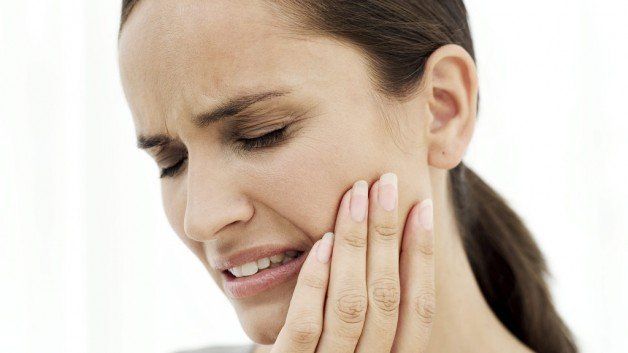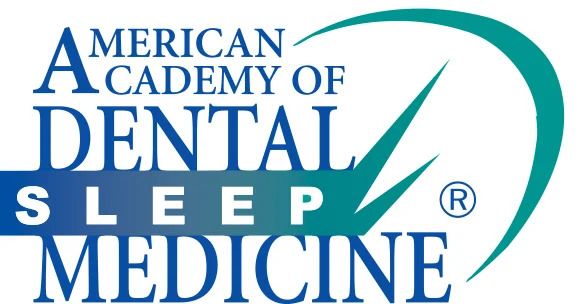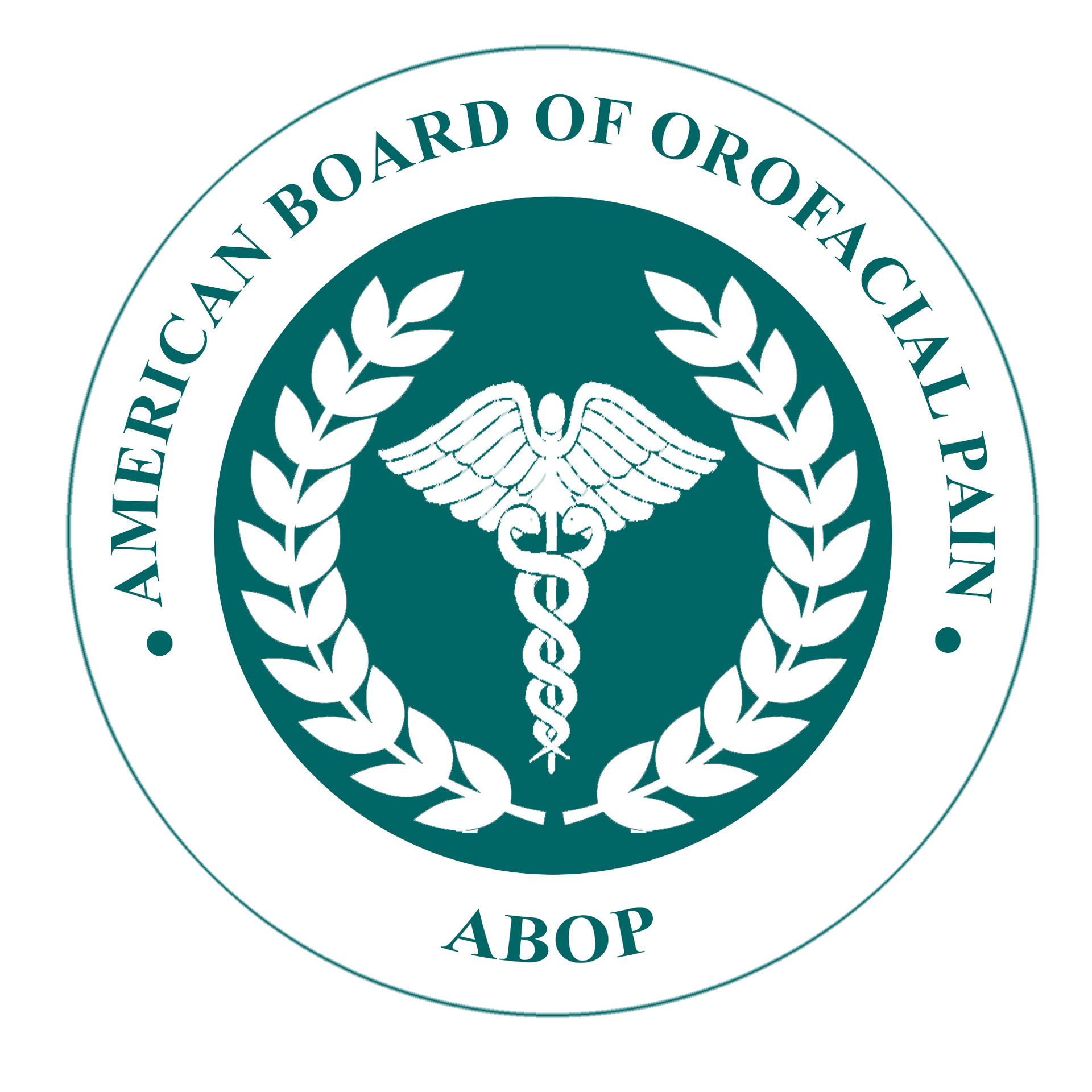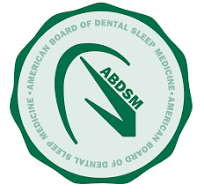Therapeutic Botox to Treat TMD and Orofacial Pain
Tension and stress are common in the large muscles of mastication associated with the TMJ, including the temporalis—located on each side of the skull, stretching from the jaw to up and behind the ear—and the masseter, which stretches from the cheekbone down to the bottom jaw. Chronic pain and tension in these areas can lead to broader referred pain, stiffness, fatigue, and dysfunction in the muscles of the shoulders, upper and mid back, and neck, including at the base of the skull and along the side of the neck, as well as in the forehead.
Dr. Katherine S. Phillips of Restore TMJ & Sleep Therapy is board-certified in orofacial pain caused by and related to disorders of the TMJ and specialize in treating TMD and its associated symptoms. As part of her commitment to remain at the forefront of cutting-edge therapies designed to help patients realize the best outcomes possible, Restore TMJ & Sleep Therapy is proud to offer therapeutic Botox to treat the pain caused by TMD and other orofacial conditions.

Give us a call today to schedule your consultation
Muscle Pain and Tension Caused by TMD
Muscle pain, tension, and strain can be both symptoms and causes of TMD, or temporomandibular joint disorders. Constant engagement of the muscles of the TMJ, such as from clenching and grinding or stress, causes them to get stronger and become more active, exacerbating the cycle of repetition and overuse. The more the muscles are used, the stronger they become, and the harder it is for them to relax properly. As they become stiffer, these large muscles can pull the TMJ out of alignment and produce trigger points in the fascia, orofacial pain that extends throughout the body, and myofascial pain syndrome.
Because much of the activity contributing to muscle tension and stress is subconscious, treatment for TMD and orofacial pain often requires a multifaceted approach that may include sleep therapy and oral appliances, as well as innovative options like therapeutic Botox. At Restore TMJ & Sleep Therapy, Dr. Phillips draw upon their years of experience and training to develop customized, comprehensive treatment plans designed to deliver the best outcomes possible.
Therapeutic Botox to Treat TMD and Orofacial Pain
Therapeutic Botox is a TMD treatment modality offered at Restore TMJ & Sleep Therapy to help alleviate the pain and tension caused by the overactive muscles of the TMJ. Botox is a neurotoxin that blocks the release of the neurotransmitter acetylcholine in the targeted muscle, temporarily weakening the muscle and allowing it to relax. Disrupting these specific nerve impulses prevents the cells in the muscle from contracting and stiffening while permitting the brain-to-body reactions necessary for basic function.
Although it has been FDA-approved for cosmetic purposes since 2000, more recent research has found Botox to be a safe and effective treatment for a range of health and medical conditions as well, including orofacial pain and TMD-related pain.
When used for therapeutic purposes, Botox can relieve:
- Tension
- Headaches and migraines
- Bruxism (teeth grinding)
- Head and neck muscle pain
In general, Botox is highly effective for pain originating from the muscles and tendons surrounding the TMJ as well as myofascial pain and may offer relief where other traditional treatments like night guards or TMJ exercises have failed.
Treat Your TMD Pain with Botox from Restore TMJ & Sleep Therapy
If you've been living with orofacial or TMD-related pain, consider therapeutic Botox from Restore TMJ & Sleep Therapy. Therapeutic Botox is just one of many tools available to treat orofacial pain, and it can be used as an effective complement to other TMD treatment options. With their extensive training and in-depth knowledge of the soft tissues, muscles, and bony structures of the orofacial region, Dr. Phillips is well-suited for administering therapeutic Botox safely and appropriately.
Find out if therapeutic Botox is the right treatment for your orofacial or TMD-related pain and
schedule a consultation today at Restore TMJ & Sleep Therapy.
Trigger Point Injections FAQs
Select one of the frequently asked TMD treatment related questions below to learn more.
-2700x842-1920w.png)









